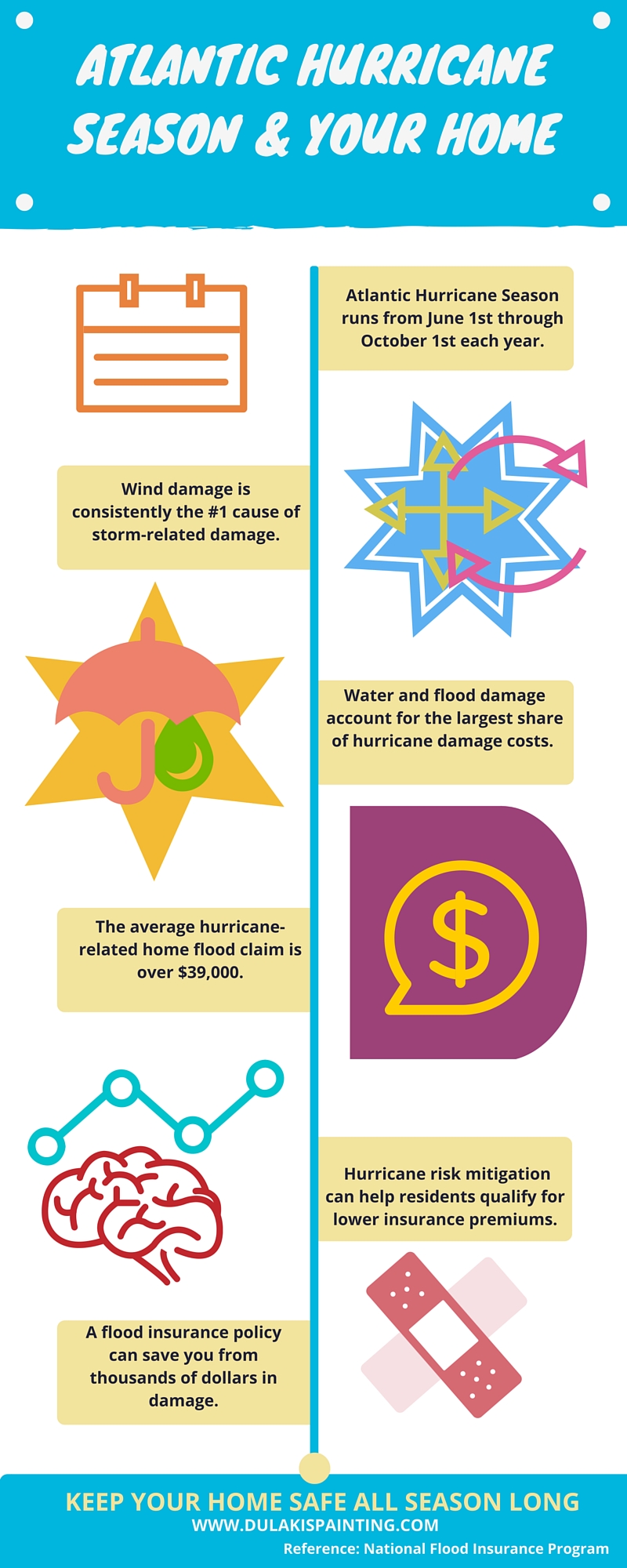Key Seasonal Considerations For Commercial Outside Paint: What You Required To Be Enlightened About
Key Seasonal Considerations For Commercial Outside Paint: What You Required To Be Enlightened About
Blog Article
Team Writer-McLamb Celik
When you're intending a business outside paint project, seasonal variables can make or break your outcomes. You'll want to think about how temperature and humidity impact paint application and drying times. Selecting professional painters twin cities can ensure your paint sticks properly and lasts longer. Yet which periods are absolutely the best for this type of job? Let's check out the key elements that can influence your job's success.
The Influence of Temperature on Paint Application
When you're intending a commercial outside paint job, the temperature level can considerably impact how well the paint sticks and dries out.
Ideally, you intend to repaint when temperature levels range between 50 ° F and 85 ° F. If it's too chilly, the paint might not treat appropriately, resulting in issues like peeling or fracturing.
On the other side, if it's as well hot, the paint can dry also swiftly, preventing proper adhesion and leading to an unequal finish.
You need to additionally take into consideration the time of day; morning or late afternoon provides cooler temperature levels, which can be a lot more favorable.
Always check the manufacturer's referrals for the particular paint you're making use of, as they commonly supply assistance on the ideal temperature level variety for optimal results.
Moisture and Its Impact on Drying Times
Temperature isn't the only ecological aspect that affects your business outside painting task; humidity plays a considerable duty too. you can try here can decrease drying times significantly, impacting the overall top quality of your paint work.
When the air is filled with moisture, the paint takes longer to treat, which can lead to concerns like bad adhesion and a higher risk of mildew development. If you're painting on a specifically moist day, be planned for extensive delay times in between layers.
It's vital to keep track of local weather and plan as necessary. Preferably, go for humidity degrees in between 40% and 70% for ideal drying.
Keeping these factors in mind ensures your task remains on track and provides a long-term coating.
Best Seasons for Commercial Exterior Paint Projects
What's the best time of year for your commercial outside painting tasks?
Spring and very early loss are typically your best choices. Throughout these seasons, temperatures are moderate, and moisture levels are commonly reduced, developing optimal conditions for paint application and drying out.
Avoid summer's intense heat, which can create paint to dry too quickly, causing poor attachment and finish. Similarly, winter's cold temperatures can impede correct drying and treating, risking the durability of your paint task.
Aim for days with temperatures in between 50 ° F and 85 ° F for optimal results. Keep in mind to check the local weather report for rainfall, as damp conditions can spoil your job.
Planning around these aspects guarantees your painting task runs smoothly and lasts longer.
Final thought
In conclusion, planning your industrial external painting jobs around seasonal factors to consider can make a significant difference in the result. By organizing work throughout the excellent temperature levels and humidity degrees, you'll make certain much better attachment and drying out times. Keep in see this to watch on neighborhood weather prediction and pick the correct time of year-- springtime and early fall are your best bets. Taking these steps will aid you accomplish a sturdy and professional finish that lasts.
